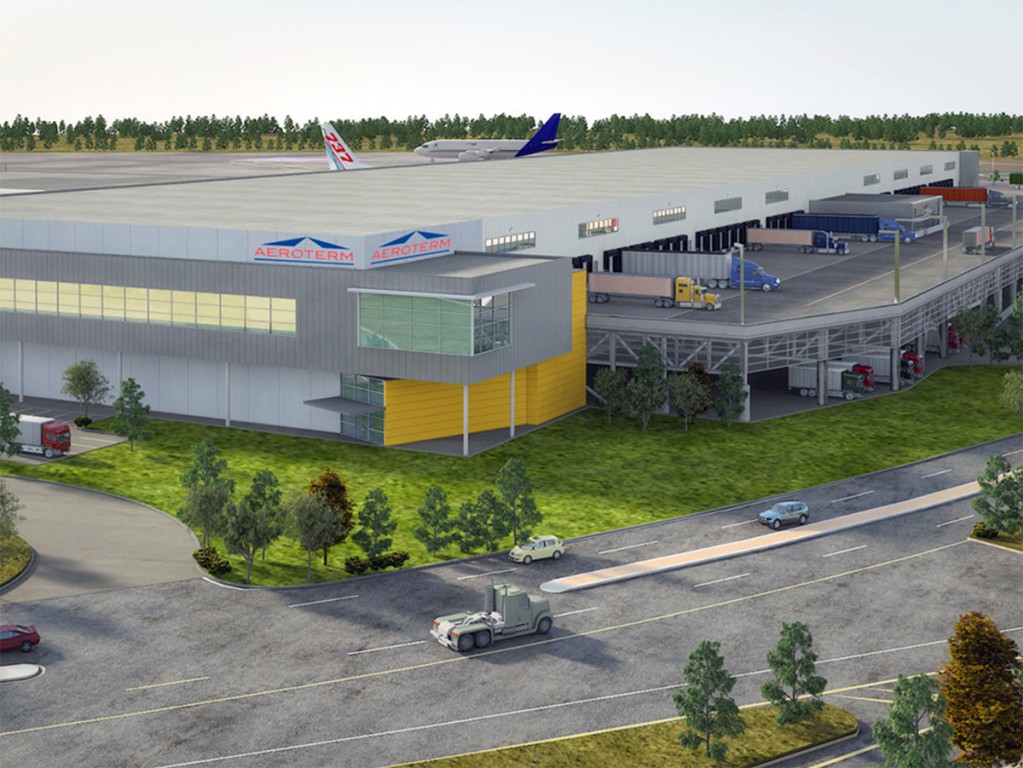In countries outside of the United States, multi-story warehouses have been commonplace for decades. However, recently there has been a notable trend towards the construction of multi-story logistics facilities in urban markets across the U.S. This shift is primarily driven by the increasing scarcity and cost of available land. Notably, there have been significant multi-story developments in Seattle, Washington, the Bronx, New York and more recently at warehouse locations just outside John F. Kennedy International Airport.
When evaluating the feasibility of a multi-story warehouse development in logistics, one crucial fact to consider is that the cost to amortize the investment can be spread over the ownership of the land. However, when considering on airport investment, there is a shortened amortization period making the development more challenging when the developer doesn’t own the land and amortization is calculated over the term of the ground lease that is established at the respective airport.

Can we apply the same thinking used for passenger handling and adapt to air cargo? For more than 50 years, the efficient transfer of air cargo has been accomplished through the concept of Unit Load Devices (ULDs). Freight is loaded into a ULD, or onto an aircraft pallet in an air cargo warehouse, and then tendered to the aircraft, an intentional design to simplify the loading and unloading process. The overwhelming majority of air cargo processes handled today utilize ULD’s inside the warehouse and for transferring to and from the aircraft.
It is interesting to note that the concept of vertical storage of ULDs has been in use for decades at many gateway airports and will significantly contribute to multi-story cargo facilities where ULD handling can occur on different floors.
The Elevating Traversing Vehicle (ETV) and “Lift and Run” MHS system are vertical ULD storage systems that are used in many single-story air cargo warehouses. They are considered the most efficient methods to store, process and handle ULD’s.
All multi-story air cargo warehouses across the world also employ a ULD handling system that serves multiple floors, allowing for the processing of import and export on different floors, and in the U.S we envision the air cargo two story strategy is piggy backing off of the proven passenger arrivals and departure two floor concept.
As the airfreight industry in the U.S. faces increasing land constraints, the need for a multi-story handling solution becomes evident. Several North American gateway airports are already land constrained, necessitating careful planning for the future. The design of such facilities must strike a balance between the developer, user, airport and neighboring community, taking into account the economic viability for all stakeholders involved.
In 2022, Realterm engaged Districon, a global leader in air cargo facility technical design, and crafted a white paper outlining the benefits of designing multi-story air cargo facilities in North America. The recently finalized white paper provides valuable guidance to any airport contemplating the introduction of a multi-story air cargo solution. The paper showcases the scalable multi-story template, drawing from best practices executed throughout the world and tailored to accommodate the unique handling characteristics of North Americas air cargo operations.
Bob Caton
Vice President Operations
Airport Infrastructure
Realterm
Bob Caton has 47 years of diversified experience in Freight Forwarding, Import Brokerage, Domestic & International Air Cargo Operations and Air Cargo Real Estate Development. His extensive operations background is recognized throughout the industry where he was invited to be on the National Academies Arts and Sciences – m Transportation Research Board – ACRP review panel for ACRP Project 3-24 Report 143 “Air Cargo Facility Planning and Development” and this year he’s co-authored a white paper titled “Multi-story Air Cargo Facilities – Applicability and Guidance for US and Canadian Airports”

